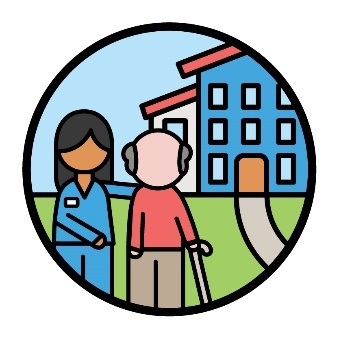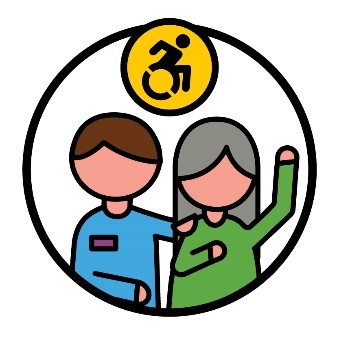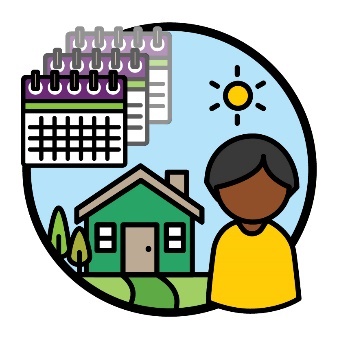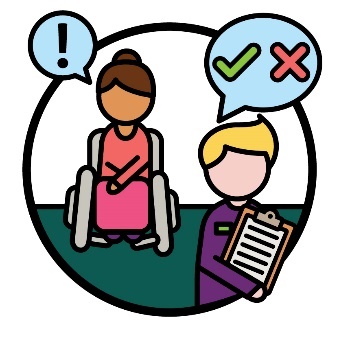Update on NDIA home and living decisions
|
|
Mr Ed Duncan gave the Reference Group an update on the NDIA’s work to improve home and living decisions. |
|
|
Reference Group members shared that plans for participants over 65 years old are often the same. |
|
|
This might mean some older participants don’t get the supports they need. |
|
|
Members worry that some NDIA staff tell older participants to move into aged care. Aged care is where older people live when they can’t stay in their home anymore. |
|
|
Members explained that disability and aged care organisations should work together. |
|
|
They should work together to understand how the age of a person affects:
|
|
|
Members shared that people with disability should be able to live in their own home for as long as they want. |
|
|
Members also shared that some people with disability need help to use their home and living supports. |
|
|
For example, people with disability might need support to understand the changes to the cost of SDA. |
|
|
The NDIA has rules for how long it will take them to make a decision. |
|
|
Members explained that the NDIA does not always meet these rules when they make decisions about home and living supports. |
|
|
The NDIA need to make sure they support participants while they make decisions. |
|
|
Members shared that some participants don’t feel heard when people make decisions about their home and living supports. |












